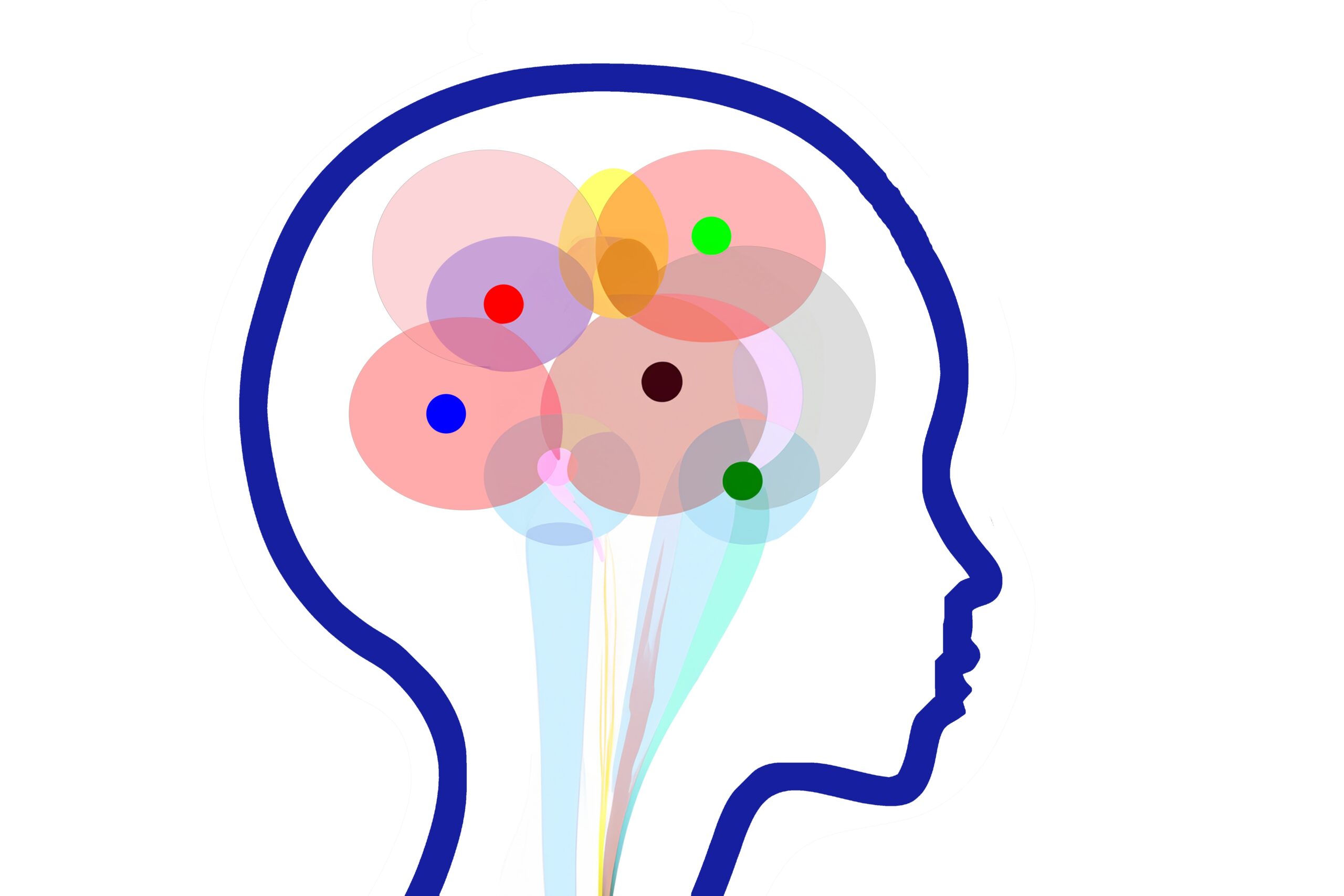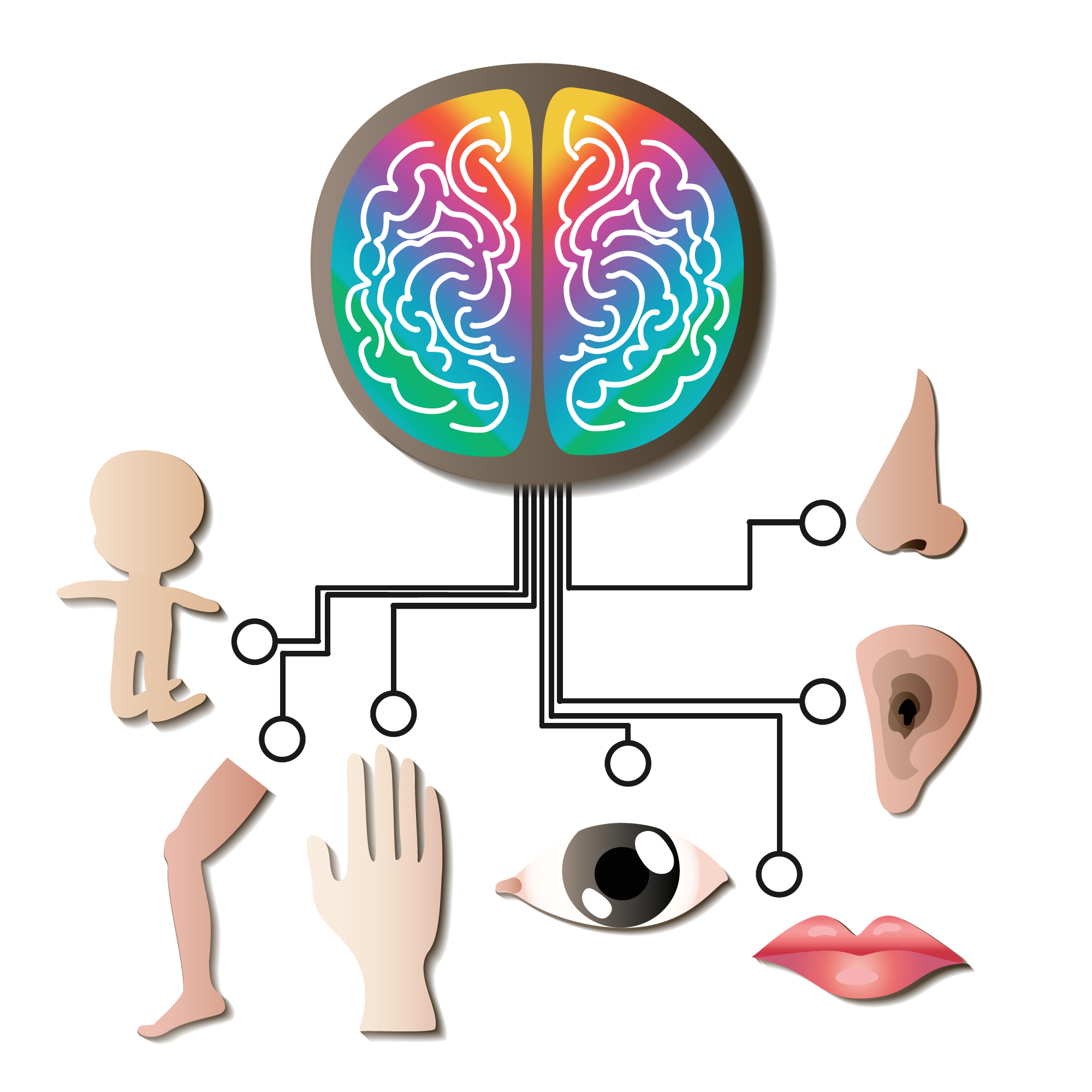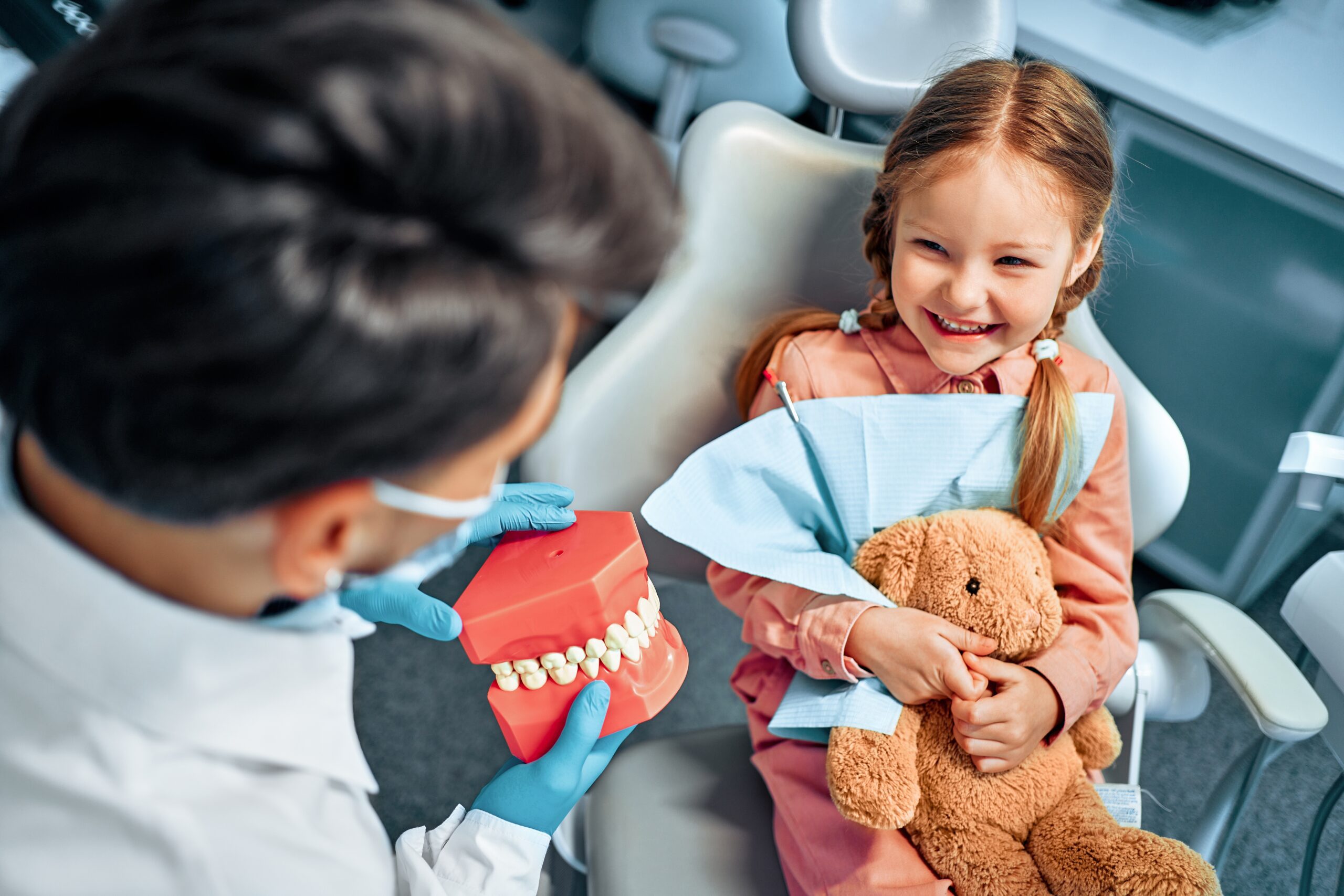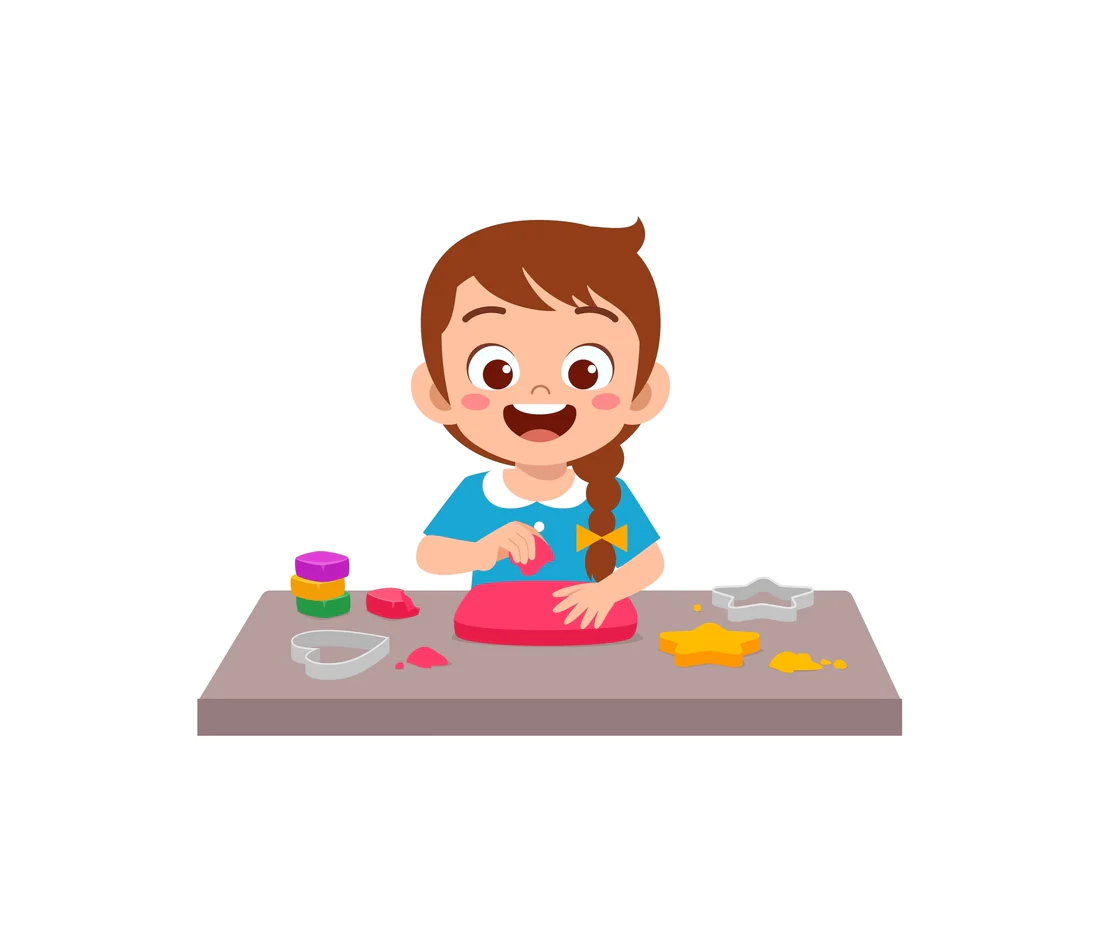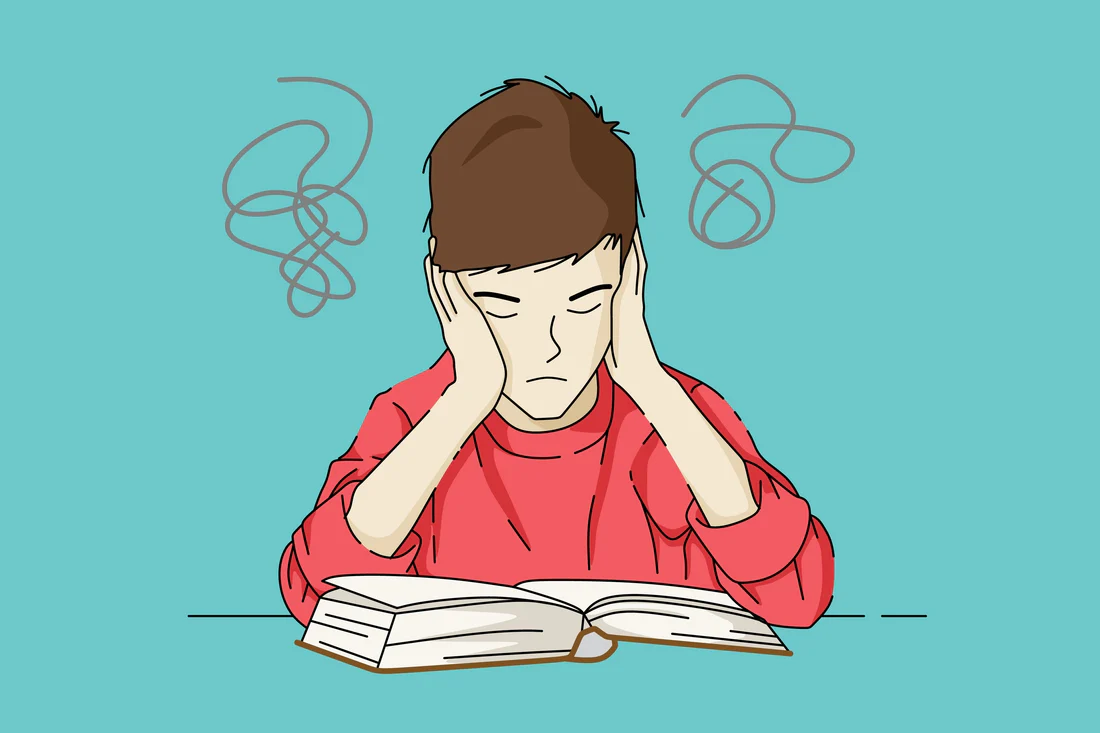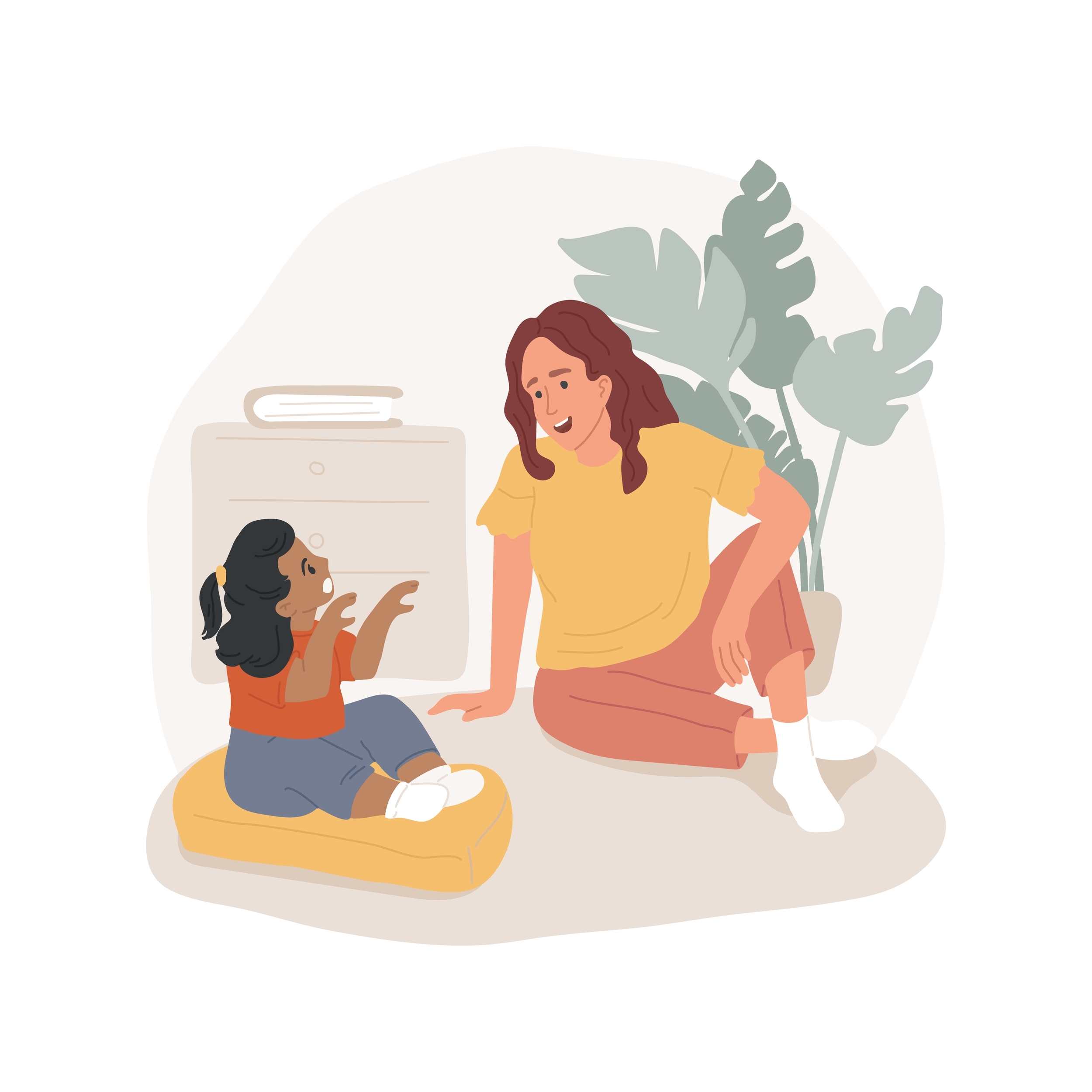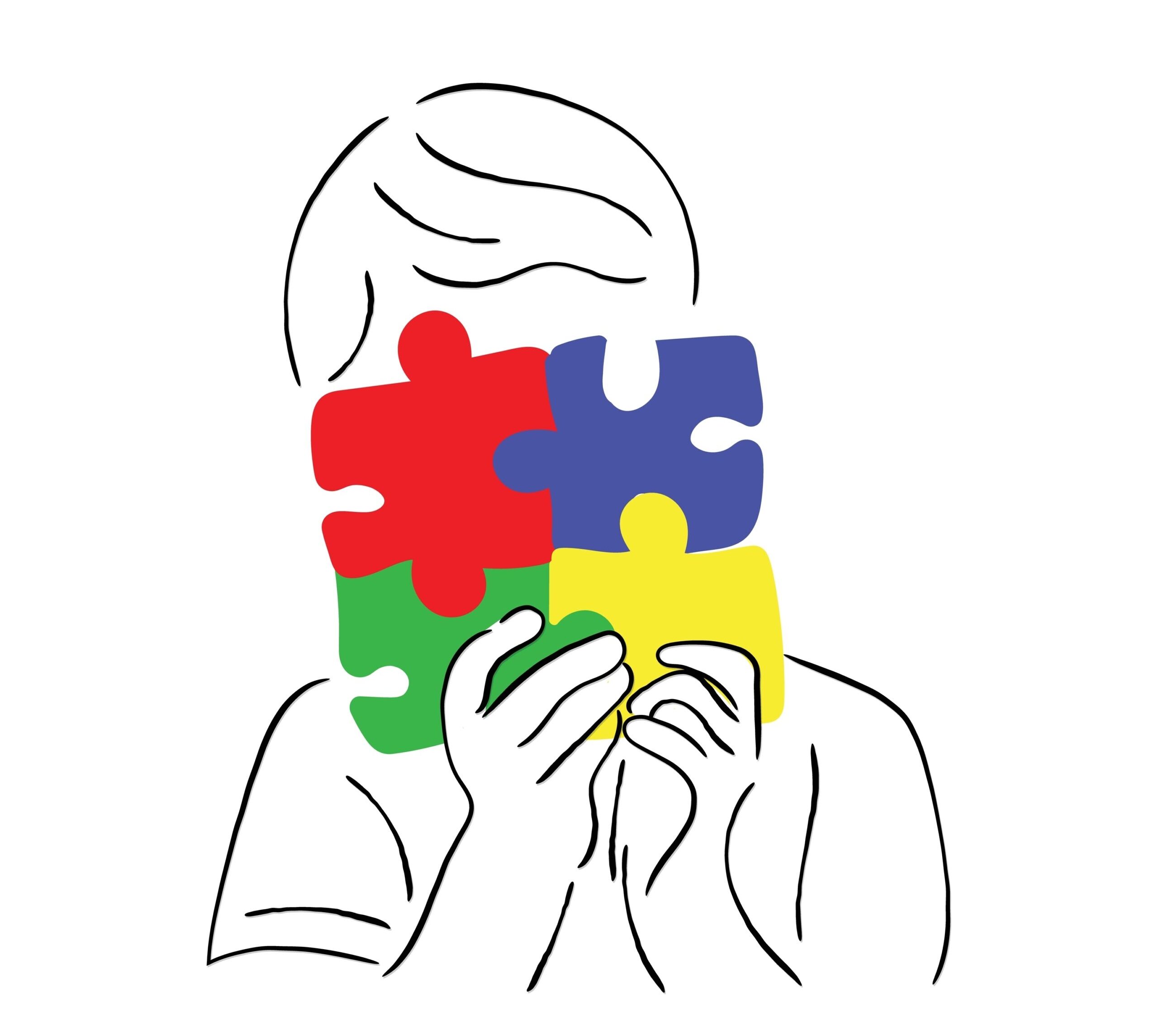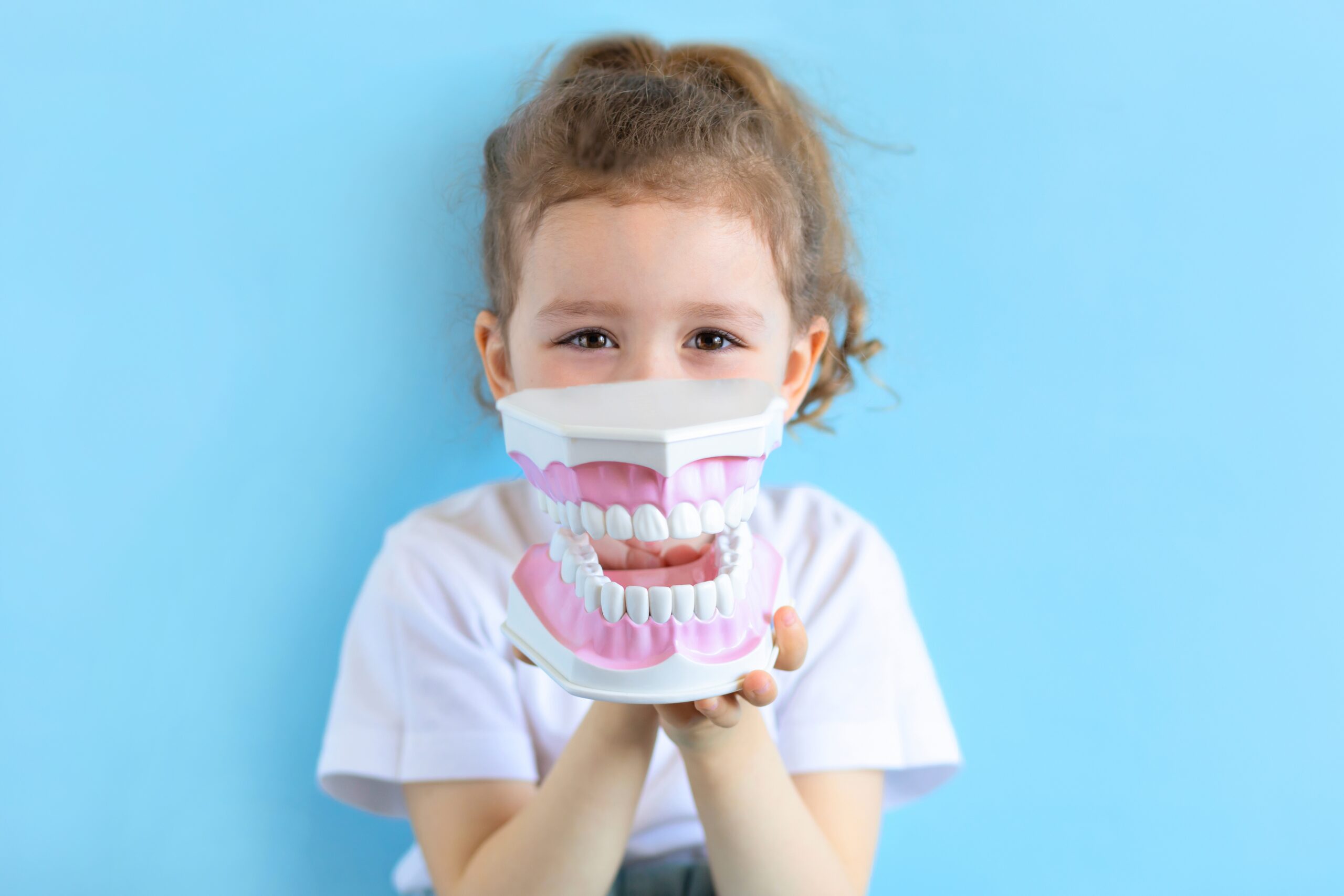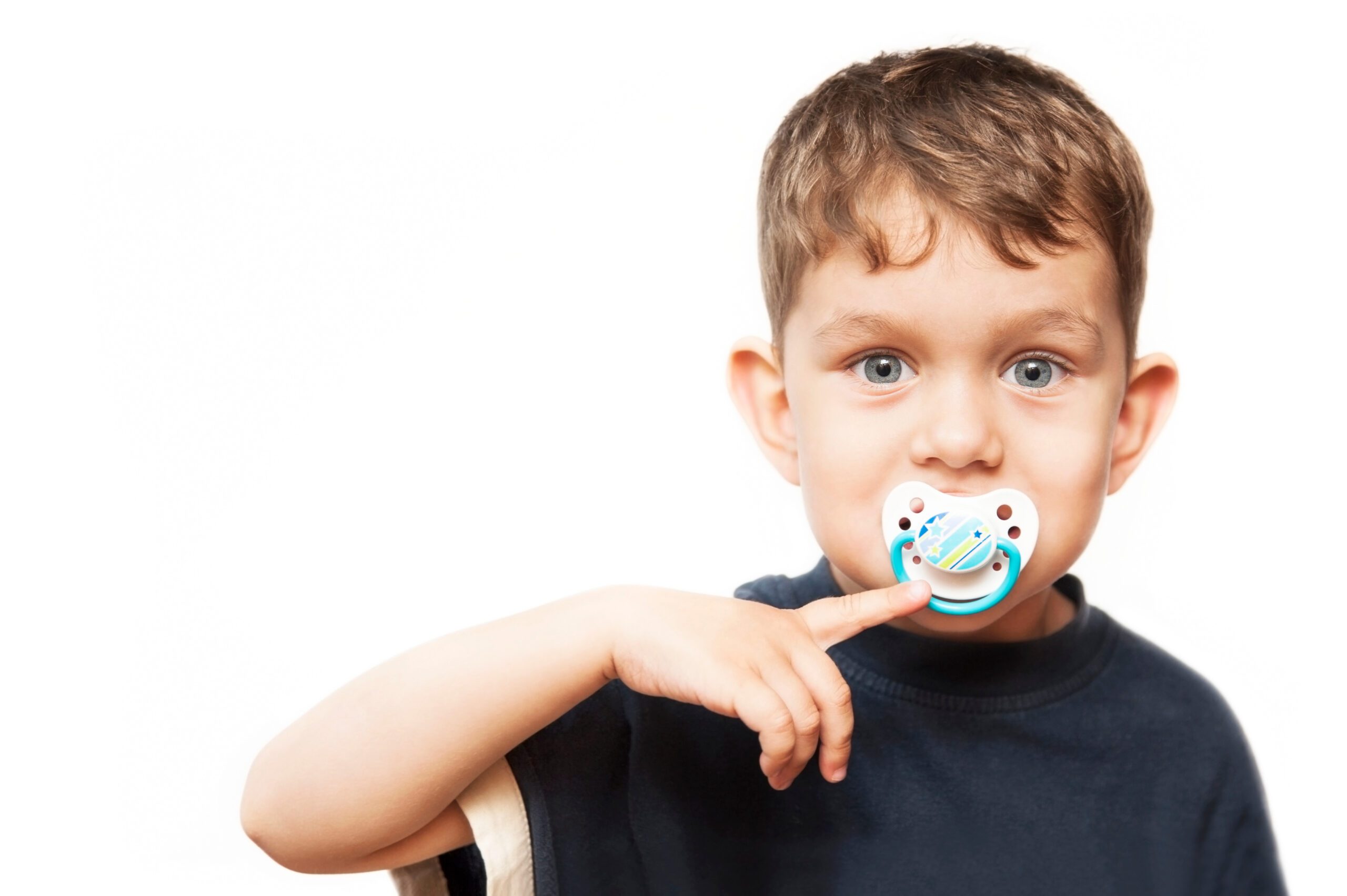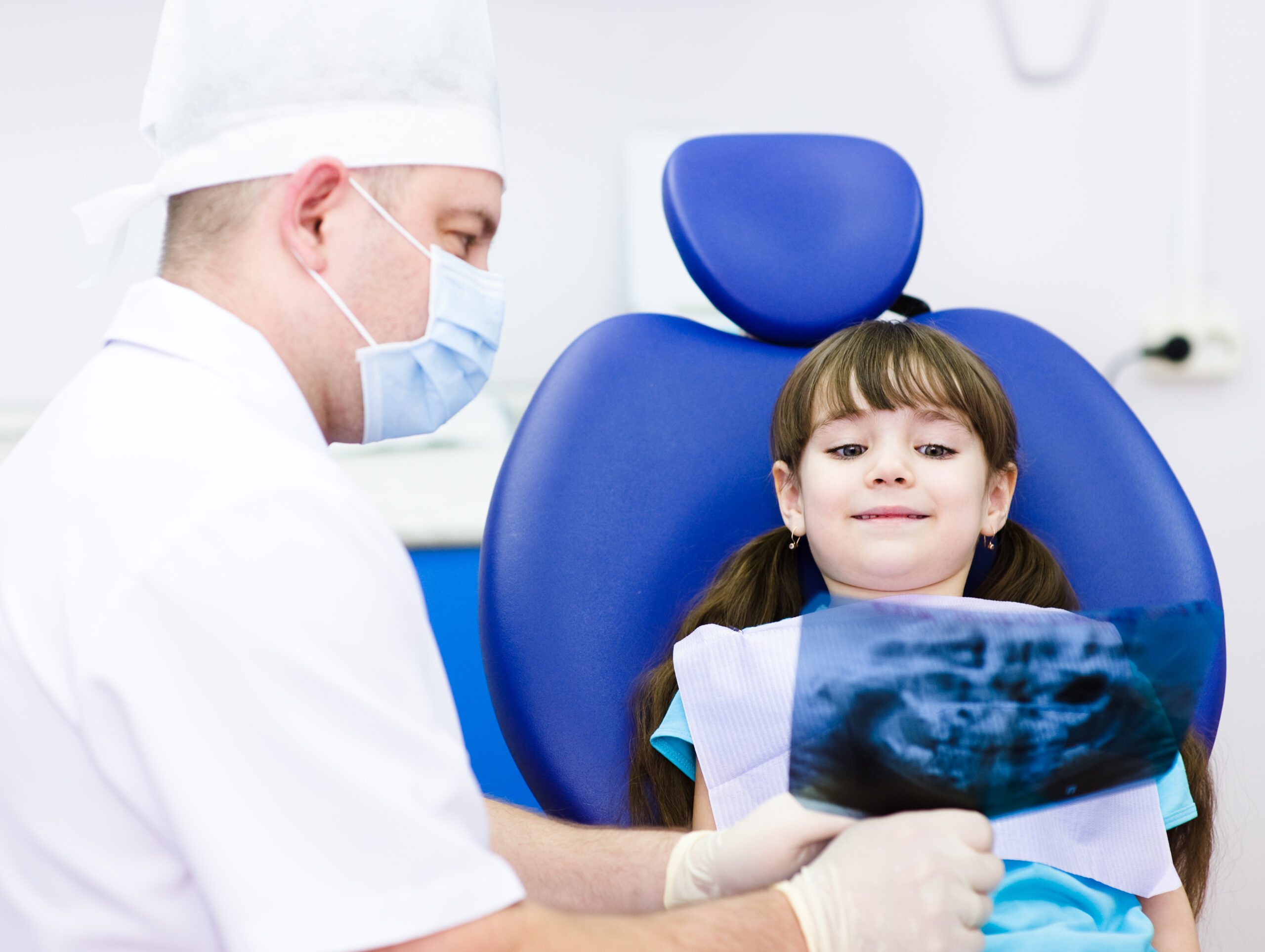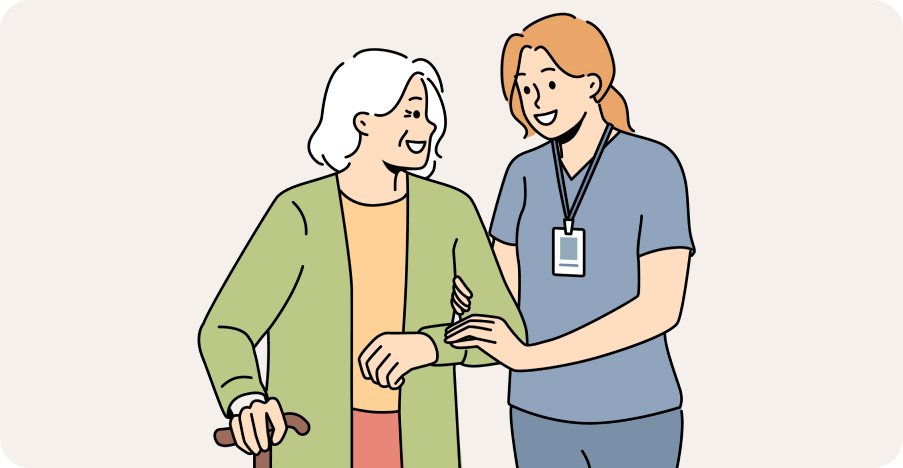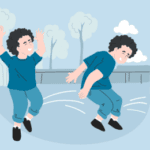
Blog
The Link Between Tongue Posture and Jaw Development in Kids
Author: DrSensory
June 13, 2025
The Link Between Tongue Posture and Jaw Development in Kids
Tongue posture might not be the first thing that comes to mind when thinking about your child’s oral development—but it’s foundational. The way your child’s tongue rests in their mouth can directly impact jaw alignment, facial growth, speech, and breathing.
In this article, we’ll explore how tongue posture affects jaw development, signs of improper habits, and how parents can support optimal oral growth in children.

What Is Proper Tongue Posture?
Definition
Proper tongue posture refers to how the tongue rests when your child is not talking or eating. Ideally:
The entire tongue should rest gently against the roof of the mouth (palate)
The tip should sit behind the upper front teeth (not touching them)
The mouth stays closed, promoting nasal breathing
Why It Matters:
Encourages wide palate development and room for permanent teeth
Supports balanced facial growth
Promotes clear speech and efficient swallowing
Reduces risks of mouth breathing, dry mouth, and snoring
Can Mouth Breathing Affect Your Child’s Dental Health?
Can TMJ Issues Start in Childhood? Early Symptoms to Watch For
When Is Thumb Sucking a Problem? A Developmental Guide for Parents
How Poor Tongue Posture Impacts Children
Signs of Improper Tongue Posture:
Tongue rests at the bottom of the mouth
Chronic mouth breathing
Open-mouth posture during rest
Visible strain while swallowing or chewing
Lisp or difficulty with “s,” “t,” “l,” or “th” sounds
Ultimate Guide to LISPs in Children & Adults
How Myofunctional Habits Shape the Face
Poor Tongue Posture Can Lead To:
Narrow Palate & Crowded Teeth
Without the tongue pressing against the palate, the upper jaw fails to expand properly
Leads to crowding, crossbites, and orthodontic issues
Open Bite
Tongue thrusting during swallowing or rest can cause the front teeth to not touch
Results in difficulty with biting, chewing, and speech articulation
Facial Changes
Prolonged low tongue posture can lead to a longer, narrower face
May cause recessed jawlines, flat cheeks, and altered facial aesthetics
Speech and Airway Complications
Misplaced tongue interferes with sound formation
Increases risk of snoring, sleep apnea, and speech delays
Baby Teeth and Speech Development: How Are They Connected?
Typical Milestones in Speech and Language Development for Birth to Seven
What Parents Can Do to Support Proper Tongue Posture
1. Model Correct Tongue Resting Position
Show your child how to:
Keep lips closed
Breathe through the nose
Rest the tongue on the palate at all times (except while eating/talking)
2. Encourage Nasal Breathing
Mouth breathing often results from allergies, enlarged tonsils, or chronic congestion
Use nasal saline sprays, air purifiers, or consult an ENT for further evaluation
3. Seek Myofunctional Therapy
A myofunctional therapist teaches kids to retrain tongue muscles, improve swallowing patterns, and encourage nasal breathing
Therapy can prevent orthodontic issues, improve speech, and optimize jaw development
4. Evaluate for Tongue-Tie or Lip-Tie
Structural restrictions like a tongue-tie (ankyloglossia) can limit tongue mobility
A pediatric dentist or ENT can evaluate and suggest treatment if needed
Development of Nasal Breathing for Children
When to Seek Help from a Specialist
If you notice signs of improper tongue posture or suspect jaw development concerns, consult a:
Pediatric Dentist – for bite, palate, and growth evaluations
Myofunctional Therapist – for tongue, swallowing, and breathing retraining
ENT Specialist – for breathing and airway assessments
Speech Therapist – if speech sounds are affected
Early intervention leads to better long-term outcomes and may reduce or eliminate the need for extensive orthodontic treatment later.
How Dental Alignment Affects Chewing and Swallowing in Children
Can TMJ Issues Start in Childhood? Early Symptoms to Watch For
The Link Between Tongue Posture and Jaw Development in Kids
When Is Thumb Sucking a Problem? A Developmental Guide for Parents
Key Takeaways
Tongue posture shapes the jaw, affects oral function, and influences facial development
Early awareness and correction help prevent long-term orthodontic and speech issues
Support from dental and therapy professionals can make a lasting impact

🔍 Frequently Asked Questions (FAQ)
❓ What is the correct resting position for the tongue?
The tongue should rest fully against the roof of the mouth with the tip near (not touching) the upper front teeth, while lips stay closed and breathing occurs through the nose.
❓ Can tongue posture affect facial appearance?
Yes. Poor posture can lead to a longer face, flatter cheeks, recessed chin, and crowded teeth due to improper jaw growth.
❓ Is myofunctional therapy necessary for every child?
Not necessarily. It’s recommended for children showing signs of poor tongue posture, speech delays, swallowing issues, or chronic mouth breathing.
related blogs
Your child is constantly moving, crashing into furniture, or having meltdowns in response to seemingly minor things like a loud
Your toddler refuses to wear certain clothes, has huge meltdowns in noisy places, or is an extremely picky eater, limited
Your child seems to miss verbal instructions, struggles to follow conversations in noisy environments, and often asks "what?" even when
On the surface, autism and Ehlers-Danlos syndrome (EDS) might seem like two entirely unrelated conditions. One is a neurodevelopmental condition
The intense head pain begins, lights feel blindingly bright, and every sound seems amplified to an unbearable level. You retreat




